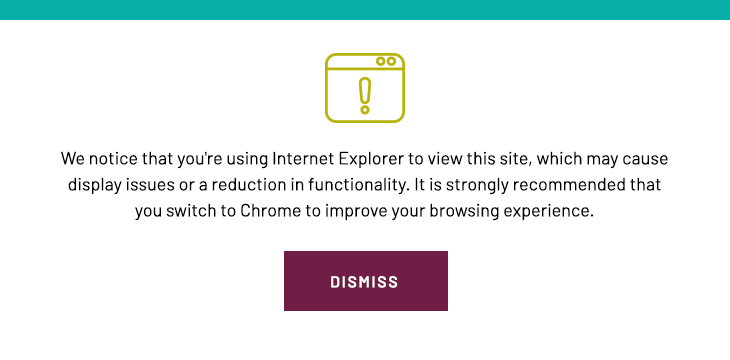



Most of us can’t function without a good schedule. Juggling many obligations, we often need reminders of where we need to be and when. Construction projects are not that different. We need a well-thought-out CPM schedule to keep a project on task. And as with any schedule, it doesn’t do much good for contractors to create a construction schedule and not refer back to it often and adjust as new information or activities arise.
As agency construction managers (Agency CMs), we are tasked with overseeing projects on behalf of our clients and tracking contractor schedule performance. Our schedule oversight is a collaborative effort, teaming our onsite project managers with our schedulers back in the home office. Over time, we have seen that this collaboration yields great results. Here are four lessons we have learned:
Schedule oversight is built on a partnership between the Agency CM’s scheduler and project manager. This partnership is at work from the time the initial schedule is prepared through each update as the project progresses. Together, the scheduler and project manager ensure the scheduling tool the contractor produced accurately reflects the project being built and can aid the project team to effectively track project progress, anticipate project challenges, and mitigate impacts.
The collaboration between the scheduler and project manager begins at project inception. The scheduler, with their expertise in CPM scheduling and use of the scheduling software, verifies that the baseline schedule is well organized, meets scheduling best practices, and complies with contract requirements. The project manager verifies that the schedule includes the entire scope of work, represents the sequence in which the contractor has indicated the project will be built and includes activity durations and logic that are reasonable and achievable given the contractor’s available resources. Working hand in hand, they confirm that the contractor’s baseline can be relied upon.
From here, the scheduler and project manager begin reviewing the schedule updates. Each month, they work together to verify that a schedule update captures the project’s current status and the future plan the contractor has communicated. The scheduler should confirm the accuracy of progress data from the project manager through joint site walks and regular meetings. The scheduler should then verify that the progress data in the schedule aligns with payment applications, change orders, submittal and RFI logs, daily reports, and third-party inspection reports. The project manager can then verify that any changes in the sequence of remaining work are accurately depicted and that the projected critical and near-critical paths in the schedule appear reasonable. The project manager then verifies that the changed work has been incorporated into the schedule once it has been made part of the contract scope.
Along with verifying that the contractor has created an accurately updated schedule submission that reflects the planned work, the scheduler and project manager should also pause each month to jointly consider the potential risks and challenges which could delay the project schedule. The project manager can then take those schedule risks and their potential schedule impact back to the contractor for consideration.
When the schedule is the shared language of the project team, it becomes a critically important project management tool. The scheduler should develop schedule graphics, dashboards, and other visualizations that are useful communication tools. The project manager can then take these products to progress meetings to clearly communicate insights on project status and risk. The scheduler and project manager can also jointly consider the impact of changes on the schedule and evaluate any recovery strategies a contractor may be seeking to implement.
As with any type of schedule, a construction schedule helps provide clarity and brings potential conflicts, or risks, to the surface. When the scheduler and project manager capitalize on each of their respective experiences and expertise, they form a powerful team that not only verifies that the contractor has produced a quality project schedule, but that it is actively used as an essential project management tool.
Comments